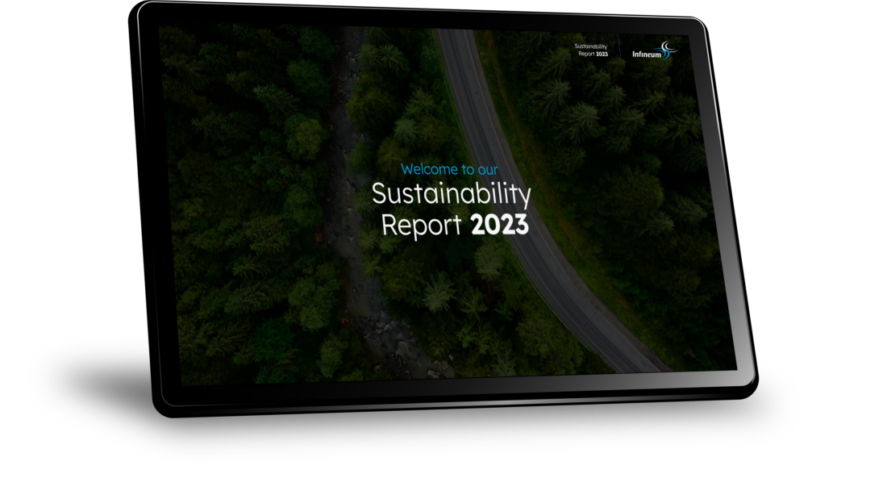通过创新的化学科技打造可持续的未来
我们旨在成为世界一流的、可持续发展的特种化学品公司
最新新闻
View allEMEA - 23 June 2024
终极证明:在芬兰成功完成重型卡车添加剂行车测试
在润英联,我们为所提供的重型卡车机油添加剂的性能表现深感自豪。最近,我们通过斯堪尼亚卡车车队在芬兰测试了我们的添加剂,测试时环境温度低至 -50°C,以确保我们的技术满足并超越客户的期望。
Read moreGlobal - 13 June 2024
润英联2023年度可持续报告发布,展现可持续发展新篇章
润英联是一家总部位于英国的特种化学品公司,于本月发布了2023年度可持续报告,重申了通过创新的化学科技打造可持续未来的企业宗旨。
Read more
